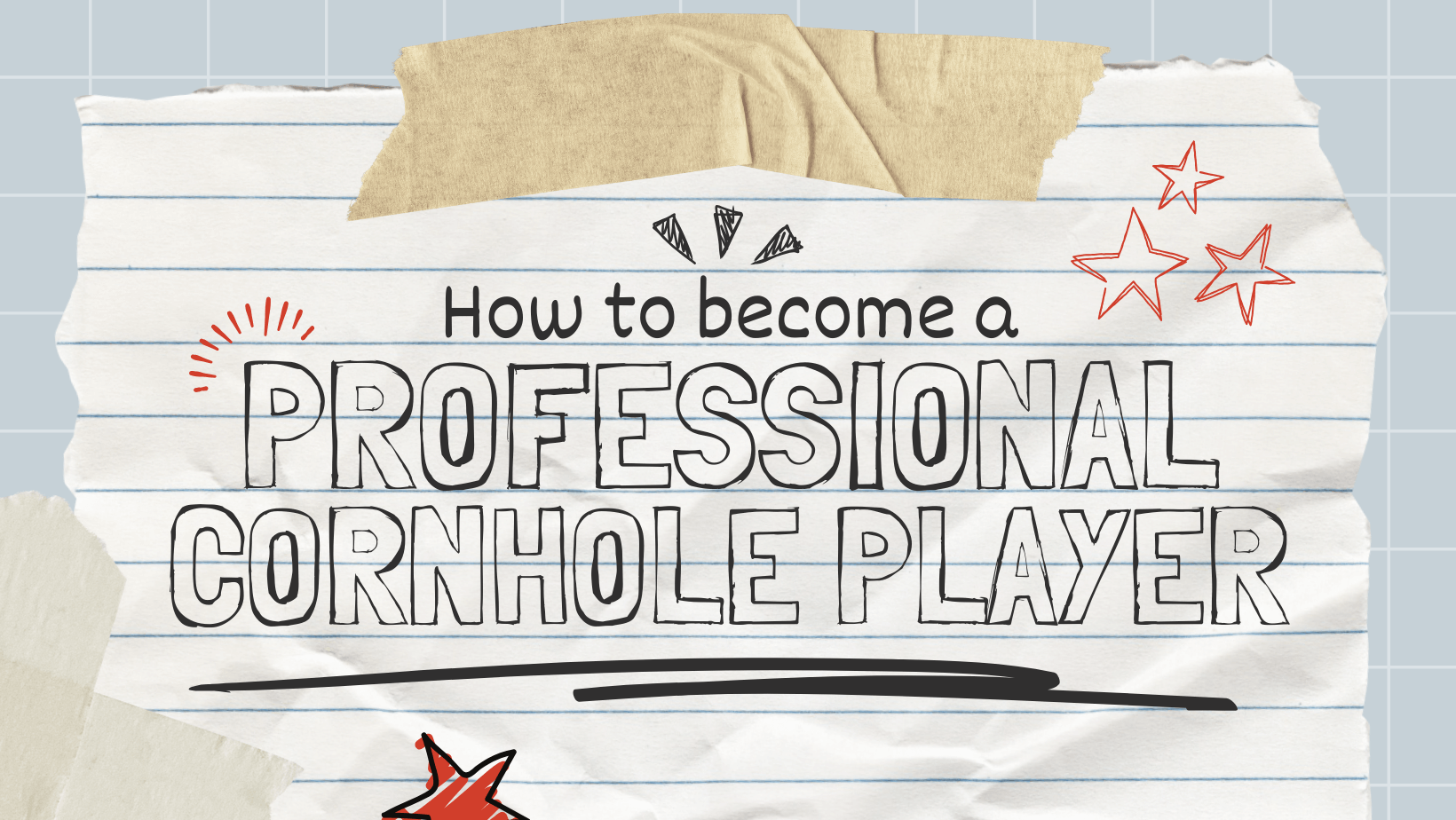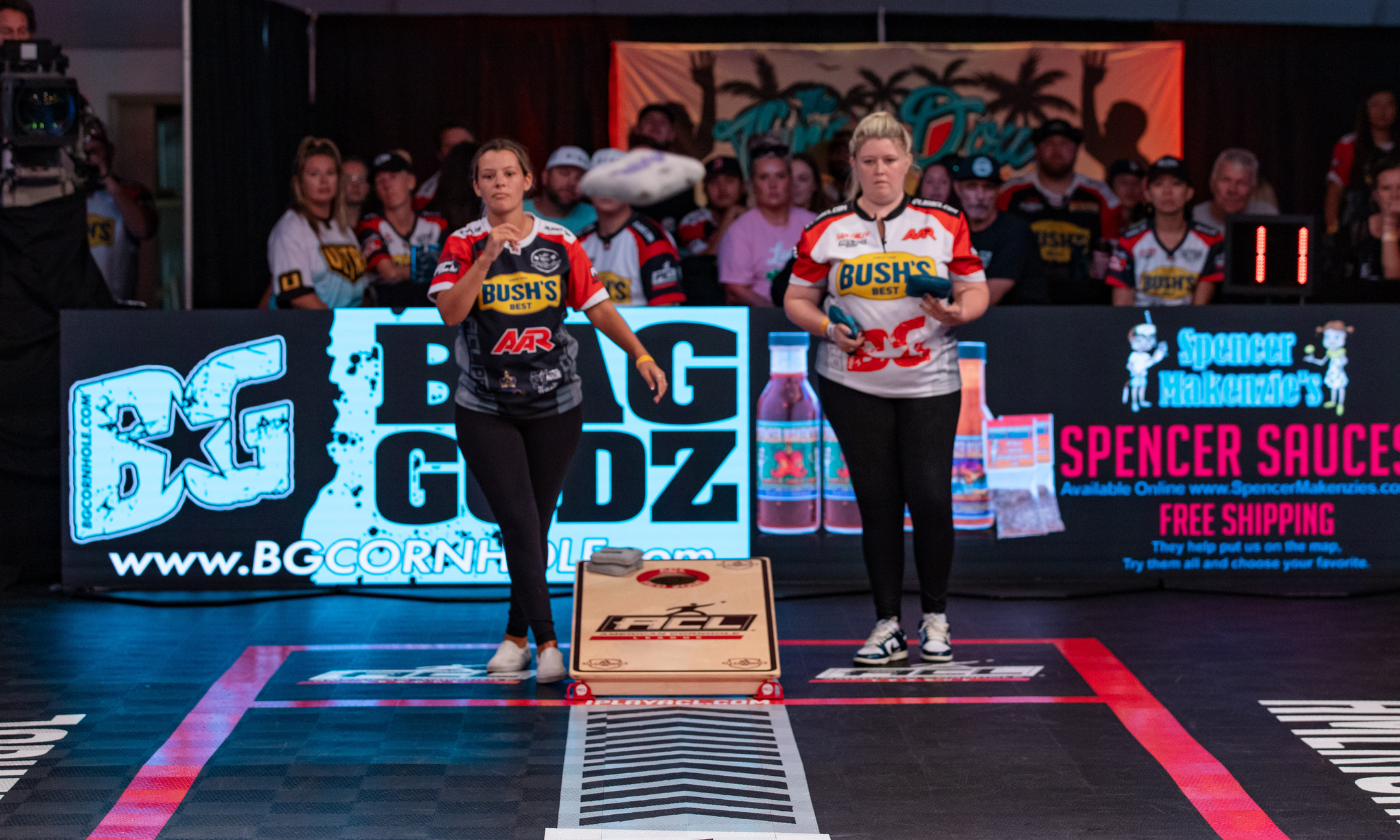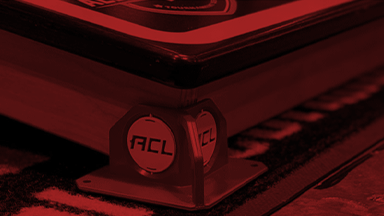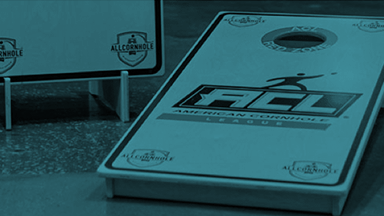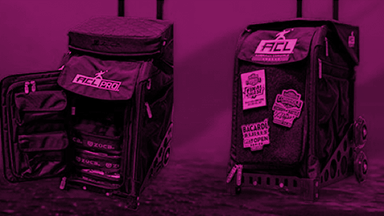No one ever thought cornhole would become a professional sport, but that all changed in 2015 when North Carolina native and entrepreneur Stacey Moore allowed his passion for tailgating to spark change in both his career and the niche sports space.
Fast-forward to 2025, the American Cornhole League is now the worldwide governing body for the sport of cornhole and proprietor of the world’s foremost professional division. In that division, you’ll find more than 200 of the best cornhole players in the world. Starting in the 2025-2026 season, only 100 players will be able to earn the coveted title of ACL Pro.
Every season, a new class of baggers are ushered in to lead the way in the professional development of the sport; some wide-eyed rookies, some experienced veterans. The path to becoming an ACL Pro is not easy, but it is possible. Let’s take a closer look at how to become a professional cornhole player in the 2025-2026 season.
Qualify Through Pro Rankings
In ACL events, players receive points based on their outcome at Open and Signature events that contribute to their overall league ranking. ACL Opens and Signatures have tournaments for both amateur and professional players, but the latter event type offers higher point values to Pro and Elite players. Only these players can earn points that contribute to their Pro ranking.
We’re covering how to become an ACL Pro now, but visit our ACL Pro & Elite Guide to learn more about how to become an Elite player.
In those tournaments, players can compete as individuals in Singles or as teams of two in Doubles. At the end of each season, players receive their final Singles and Doubles rankings by points after the top four Signature and top two Open finishes are calculated.
This is important because any lower-ranking events are not considered in the final standings, meaning one bad tournament is not necessarily detrimental to your individual or team’s overall outcome at the conclusion of the season.
From there, the top 20 ranked Pro & Elite Doubles teams and top 32 Singles players will automatically receive an invitation to the ACL Pro division, accounting for the first 72 of the 100 available slots. In the likely event there is overlap between the Singles and Doubles rankings, this leaves more opportunity available for the other players who did not automatically qualify through standings.
Compete In The ACL Pro State Qualifier
Another way to become an ACL Pro is to compete in the ACL Pro State Qualifier at the World Championships. This option is unique because it offers a separate avenue from Signature and Open events, plus it leans more heavily on a player’s performance at tournaments that are closer to home. This is a great option for competitors with travel limitations.
Points play a big part in the ACL ecosystem, one of the most important being the state rankings which are calculated by a player’s outcome at local, regional, and state events—unlike the previously mentioned Pro rankings which rely on ACL Open and Signatures performance.
For the ACL Pro State Qualifier, the top five Singles players via state rankings will compete in a dedicated event, allowing the top six finishers to punch their Pro card for the next season.
Win A Challenger Bracket
Previously, all Pro and Elite players were eligible to compete in the ACL Singles and Doubles World Championships regardless of ranking. However, a new structure was implemented during the 2024-2025 season that will invoke a competitive atmosphere more akin to that of the playoffs since less than half of the field will qualify for the final event.
Instead, players are now required to qualify to compete in these tournaments based on standings. The top 20 Doubles and top 32 Singles players going into the World Championships will be eligible to compete in the Pro Doubles and Pro Singles World Championship brackets respectively.
But what does that mean for other Pro & Elite players? Instead, they will compete in what is known as a “challenger bracket.”
On the Doubles side, players who are ranked in the top 125 Doubles standings or who have previously won a Pro Doubles world title will be split into four brackets. The winners from those four brackets will then compete alongside the 20 previously qualified teams for a Pro Doubles world title and a spot in the ACL Pro division.
The structure is nearly identical for Singles. Players who are ranked in the top 250 or who have previously won a Pro Singles world title will compete in a Singles challenger bracket. Those bracket winners will then join the other 32 players in their quest for a Pro Singles world title and their Pro card.
In short, win your challenger bracket and you’re in.
At this point, the goal is to have 80 of the 100 ACL Pros determined. If less than 80 slots are filled, the remaining vacancies will be filled by Singles standings. If more than 80 slots are reserved, then more than 100 players will become ACL Pros in the following season.
But what about the other 20 spaces?
Finish In The Top 16 Of The ACL Pro Qualifier
Also known as the Gauntlet, the ACL Pro Qualifier is one of the most difficult tournaments of the season. Open to all cornhole players, amateur and experienced baggers alike can compete in a grueling contest for one of just 16 allotted slots for the Pro division. This tournament is held every year on the last day of the ACL World Championships and is not one to be underestimated.
Sponsor Exemptions
This leaves us with four wildcards to round out the division. These spaces are reserved for sponsor exemptions that are filled at the discretion of the league, typically for exceptional circumstances and always on a case-by-case basis.
If there are still remaining spots available after this, they will once again be filled top-down from Pro Singles standings.
The path to becoming a professional cornhole player is arduous and narrow, but it is one worth pursuing. While it may seem like an impossible feat, take heart and remember that regardless of who you are or where you come from, anyone can play and anyone can win.






